21+ Sample Equity Research Report
-

Equity Research Report Template
download now -

Equity Research Report Template
download now -
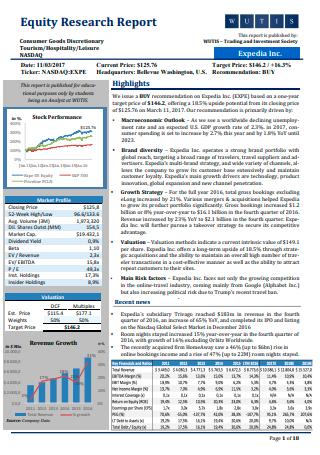
Basic Buy Side Equity Research Report
download now -
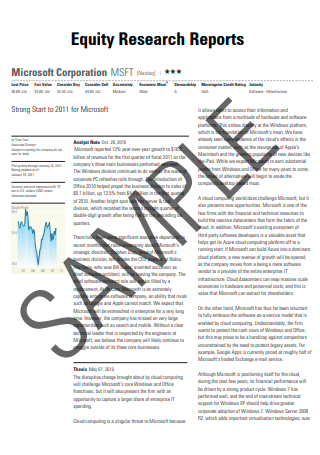
Sample Currency Equity Research Report
download now -
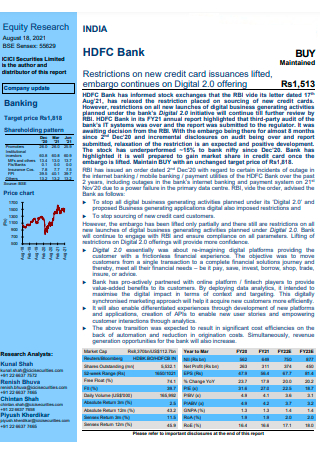
Equity Stock Research Report Example
download now -
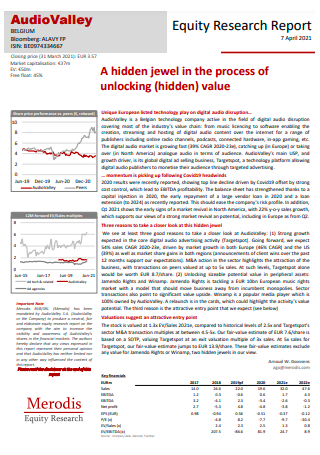
Printable Executive Summary Equity Research Report
download now -
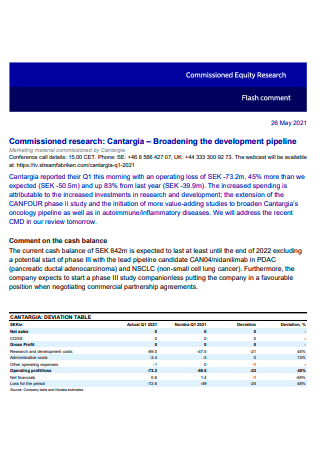
Commissioned Recommendation Equity Research Report
download now -
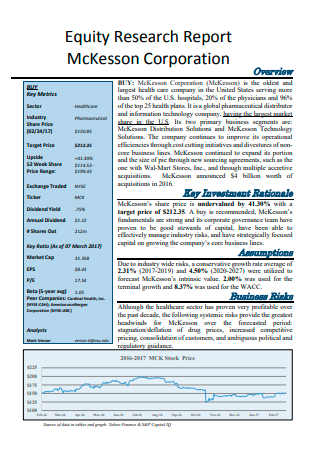
Corporation One Page Equity Research Report
download now -
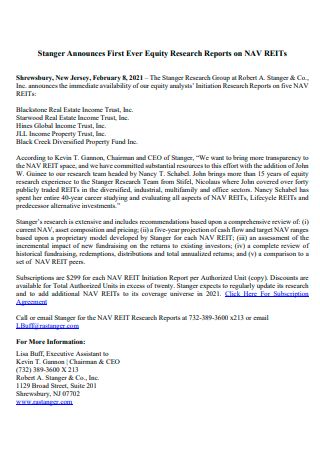
First-Ever Equity Financial Research Report
download now -
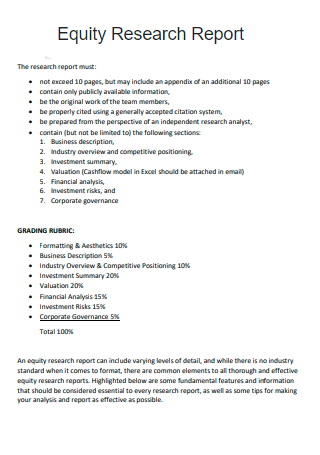
Short Equity Research Report Format
download now -
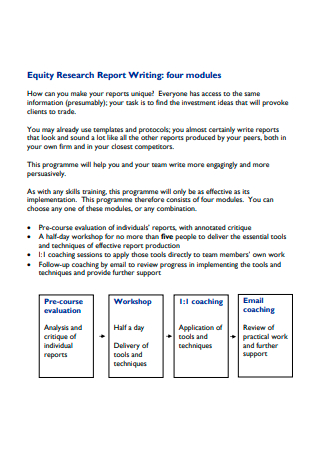
Equity Analysis Research Report Modules
download now -
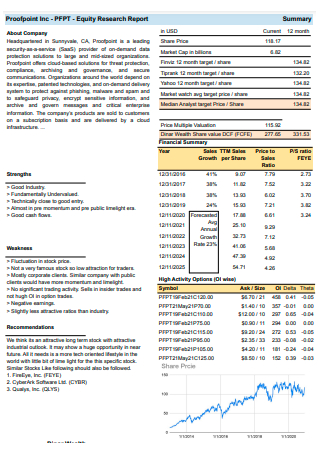
Equity Investment Recommendation Research Report in PDF
download now -

Global Equity Sector Research Report
download now -

Simple Equity Market Research Report
download now -
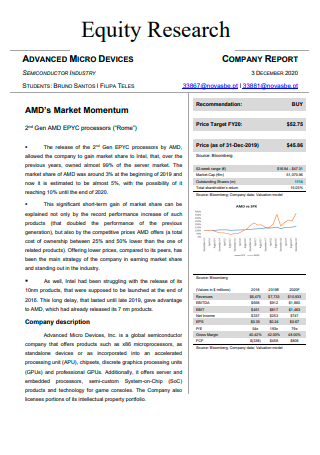
Private Equity Research Company Report
download now -
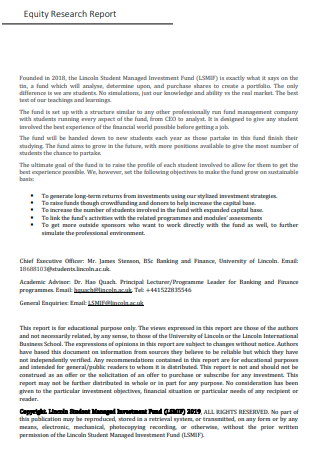
Quarterly Draft Equity Research Report
download now -
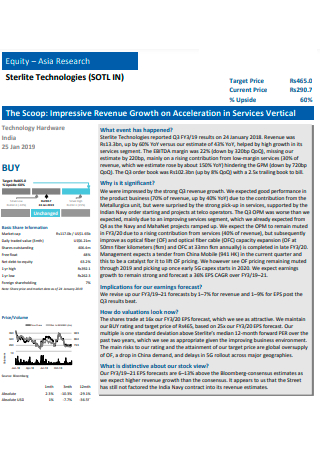
Technologies Equity Statement Research Report
download now -
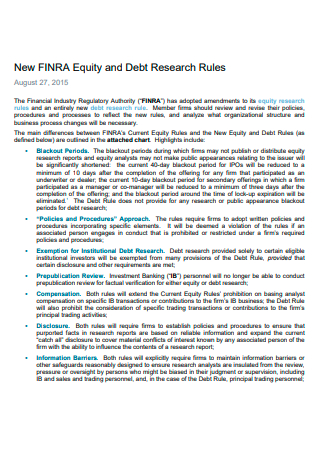
Equity and Debt Industry Research Rules Report
download now -
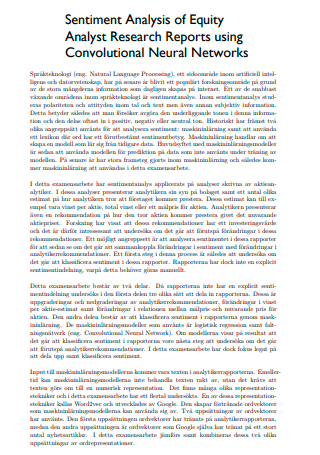
Equity Analyst Disclosure Research Report
download now -
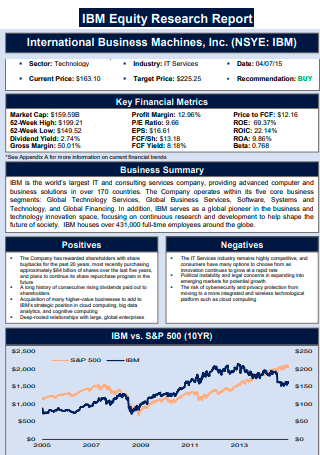
International Business Machine Equity Research Report
download now -
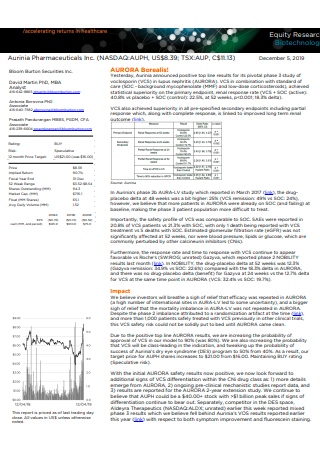
Equity Research Biotechnology Report
download now -
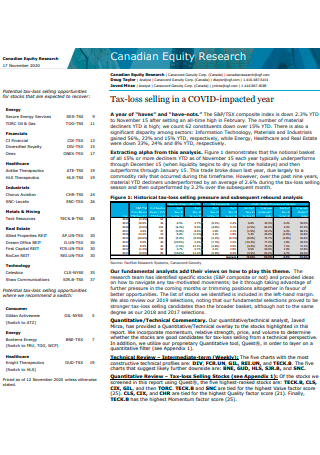
Formal Equity Research Report
download now
FREE Equity Research Report s to Download
21+ Sample Equity Research Report
What Is an Equity Research Report?
Types of Equity Research Reports
Components of an Equity Research Report
How To Write Equity Research Reports
FAQs
What should an equity research report include?
Where can I find equity research reports?
Who uses equity research reports?
What Is an Equity Research Report?
An equity research report is an Important business document coming from an equity research analyst to provide essential and critical information to help investors decide whether to buy, hold, or sell shares of a public institution. The equity research report also provides an overview of a particular business with the industry they function in, the management teams, the financial performance, target price, recommendations, valuation, investment thesis, and potential risks. It is essential to stress the significance of the equity research analyst in the production of the document. Equity research analysts specialize in multiple companies within an industry or location to develop accurate and high-level expertise of projects and recommendations. They also focus on small groups of stocks and stakeholders to be specialists in the area they evaluate and observe.
According to the available data on Glassdoor about equity research analysts, the national average salary of this occupation in the United States falls on 109,841 US dollars. Each business entity that deals with equity research provide analysts with different salaries. For example, on average, JP Morgan gives a salary of a little over 100 thousand US dollars a year. Meanwhile, Wellington Management provides a generous amount of over 168 thousand US dollars annually.
Types of Equity Research Reports
Since equity reports are necessary tools for selling or buying shares and stocks of a company, they must hold the information to guide investors in the decision-making process. Equity research reports target various markets and industries that equity research analysts have to construct a document that must cater to investor needs. Below are several types of equity research reports available to individuals who seek to sell or purchase stocks and assets from organizations.
Components of an Equity Research Report
Different types of equity research reports contain varying details, and no standard format for industries and sectors is present when creating the document. However, there are common elements that are available on the equity research report to make it effective. The section below provides an overview of the fundamental elements and information that are essential to make the research report helpful and effective.
How To Write Equity Research Reports
Equity research reports pose a great significance when making purchasing and selling decisions. The purpose of creating the report is to supply information to make recommendations on whether investors buy, hold, or sell shares of a public company. Below is a helpful guide that you can use to create an equity research report for your company.
-
1. Possess a Clear Understanding of the Company
Equity research analysts are professionals in their line of work for developing investment rationales, risk assessments, drivers for optimal growth, cost analysis, and revenue drivers that lead to various investment opportunities that investment banks, institutions, and other clients that show interest in investing. The research report aims to provide accurate financial assessments and recommendations for decisions about purchasing, holding, or selling investments. Banking institutions use equity research reports for investment banking sales to their client list through timely and factual information.
-
2. Know About Product and Service Profiles and Segments
It is the responsibility of the equity research analyst to analyze a company’s product profile, including all its segments and brands. Product research assists businesses in understanding what consumers want and need to classify their expectations, incorporating them into future productions. The products and service profiles must indicate the current market sales, forecasted revenue, costs, market trends, market size, competitive analysis, and performance analysis in the local and global market.
-
3. Understanding About the Consumer Market
It takes a lot of research papers and processes for a company to produce a product that caters to all its clients. Revenue is a crucial factor in the growth, development, and success of an organization. At present, many consumers understand industry influences that allow them to be critical and give special attention to more than just the products or services an organization sells. To the current market, the production, post-production, and selling techniques matter equally with the purchased goods.
-
4. Research and Development Capabilities
When writing equity research reports, pay attention to the research and development equity in which companies innovate and introduce new products and services to the general public. After understanding the customer market and product profiles, research and development is the next step to any planning process. The main objective of this step is to create fresh commodities for the people that will add to brand growth and recognition of the organization.
-
5. Familiarize Yourself with the Sector and Industry
The analysts and researchers responsible for looking after the social market industry are professionals with curious traits with objectives to conduct and design research reports, collect relevant and useful information, and provide appropriate insights about various industries. Analysts do their duties and responsibilities to deliver informative reports that support private corporations and public institutions to make judgments derived from scientific evidence and data.
FAQs
What should an equity research report include?
To make an equity research report relevant to investors, it must contain precise information about an organization’s products and services, financial statements, organizational management, client market, plans, growth estimates, and risk factors.
Where can I find equity research reports?
There are various places where you can find equity research reports, including Thomson ONE, Mergent Online, Bloomberg, Morningstar Investment Research Center, among others.
Who uses equity research reports?
From a business standpoint, an equity research analyst produces reports for two types of investment firms: the buying side and the selling side. These institutions are the ones that use equity research reports to determine whether to buy, hold, or sell assets of a company.
From the many types of business reports present in various industries, equity research reports are one of the most influential and most delicate documents that organizations obtain. Its importance resides in the decision-making process of purchasing, holding, or selling assets according to industry and market trends, especially the company profile. Equity research analyst provides their services to multiple organizations and produces the relevant equity research reports depending on the company’s request and usage. If you are a starting equity research analyst, the sample equity research reports in this article will help you begin your journey. Download the samples available today!
